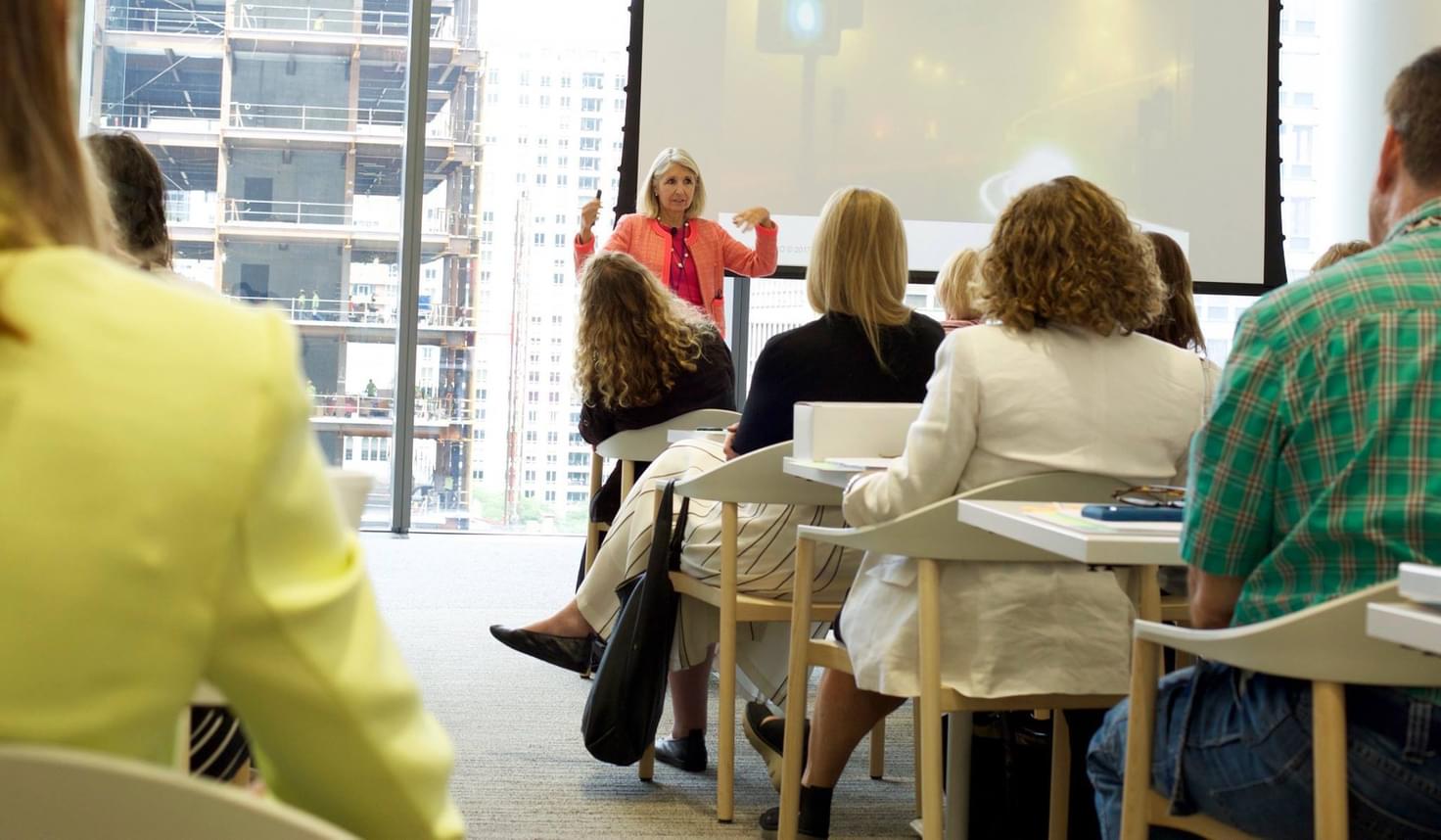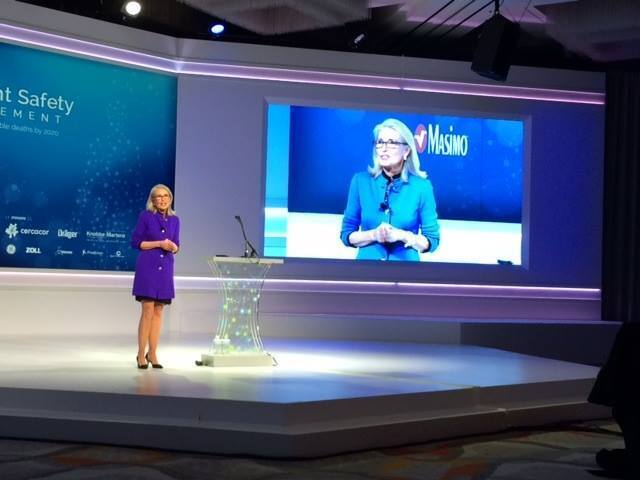
Words by Tess Becker
The medical system can be hopelessly complicated, to the point that the few people who even understand the basics spent years in school learning it.
What ends up happening is people don’t take simple steps to protect their health and the health of their loved ones, resulting in infections or worse.
Take into account how stretched thin many hospitals and medical practitioners are right now and sometimes people don’t receive the care that they need.
Just navigating the medical establishment can be exhausting. The Care Partner Project wants to educate people on the options they have and how to help their loved ones.
“I learned the hard way, that when we are called to be by our loved one's bedside that, though we all have the best of intentions, and we of course show up for our loved ones, that were absolutely totally unprepared to be of any real help other than just getting ice chips or keeping our loved ones company,” Care Partner Project founder Karen Curtiss tells Smiley News.
The first major point of the Care Partner Project was to educate people on the little things they could do to improve their or their loved ones' health, highlighting things like cleaning surfaces in hospital rooms for example.
“You could have a Ph.D. in anything and you'll never learn about health care,” Karen says. “You'll learn how to fix a car in community college, but you'll never know how to fix your body.
“There are just disasters waiting to happen. So it just makes total sense for those of us to actually get smart and get prepared and understand what we can do.”
Karen paid witness to the things that can happen when simple things are missed in a medical setting when her father came down with an infection during a hospital stay.
“I started reading everything I could on how to prevent all of the kinds of things that my dad suffered,” Karen says. She then took all that information and started translating it into something palatable for the layman.
“So let's be realistic, what's practical, what can families do that are bedside? So I just translated things step by step,” Karen says. “I made really simple checklists written at the sixth-grade literacy level or below because that's what the American Medical Association recommends and then I took the checklist to a lot of nurses and a lot of subject matter experts and I said here, go at it, scrub these.”
In general, she wanted to help shrink preventable deaths in the medical world and give ordinary people some tools to help their loved ones. A large part of it is also just helping hospital staff that is stretched thin.
The Care Partner Project has been around for about 15 years and has expanded all the services they provide and the information they cover. A big example of that is when they focused on Covid protocols and how to help people avoid the disease.
Now, one of the biggest expansions they’ve made is working on their grassroots education programs so those that don’t have access to or rarely use the internet can still find the resources they need.

“We will always be online but we developed our grassroots community education programs, and we recruit professional patient advocates to take our community education, our presentations into libraries and church groups and Rotary Clubs and PTOs anywhere that people gather and where they may host meetings, speakers, senior communities,” Karen says.
Through the Care Partner Project Karen wants to help simplify the medical experience.
“It's one checklist at a time,” Karen says. “Simple building blocks, literally that can build skyscrapers. So why not? Why can't we fix healthcare with one checklist at a time?”
This article aligns with the UN SDG Good Health and Wellbeing.